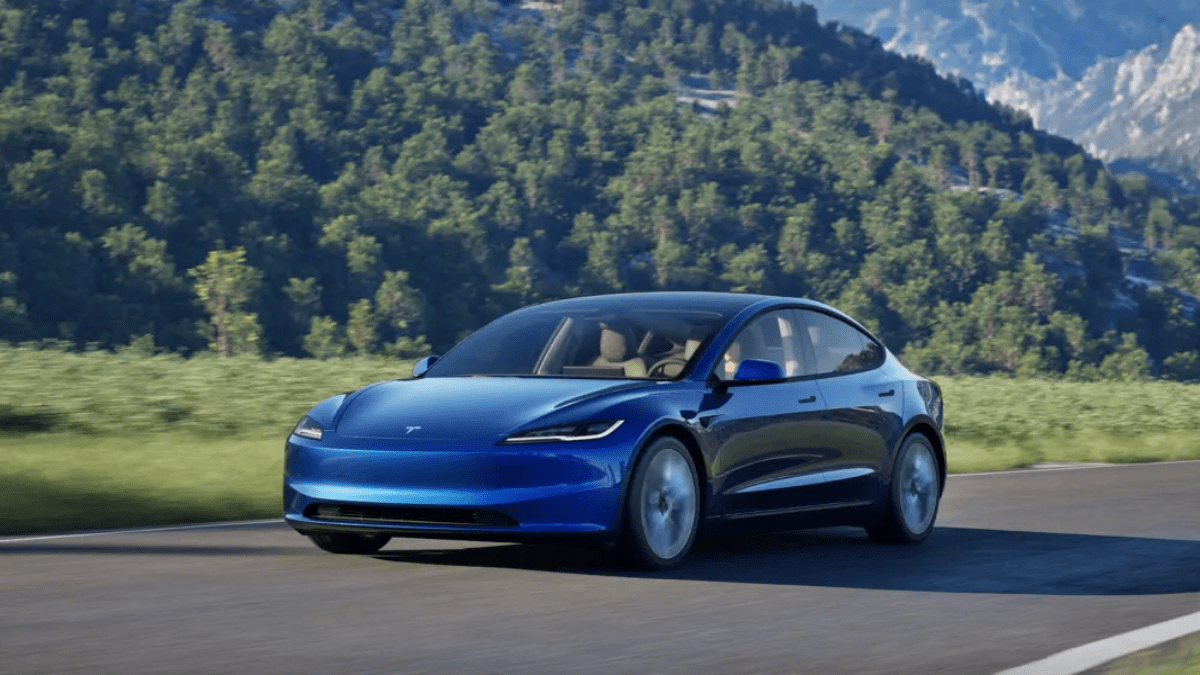
Advertisement
Norway has reached a major milestone in the transition to electric vehicles (EVs), becoming the first country where more EVs are on the road than gasoline-powered cars. According to a report from the Norwegian Road Federation, 754,303 registered vehicles are fully electric, slightly surpassing the 753,905 gasoline cars. This is a significant achievement in the global push for vehicle electrification, especially considering that diesel vehicles, heavily promoted in the mid-2000s, still account for the largest share of cars in Norway. However, it’s expected that by 2026, electric cars will outnumber diesel ones as well.
Why Is Norway Leading the EV Revolution?
The country’s success with EV adoption is largely driven by its progressive policies. Since the 1990s, Norway has offered incentives like free parking, access to bus lanes, and toll waivers for EV owners. More importantly, the government has eliminated sales and emissions taxes on electric vehicles, making them financially appealing to consumers.
These incentives originally had little impact due to the lack of viable EV options in the 1990s and early 2000s, but as companies like Tesla made EVs more practical and desirable, the market shifted. In fact, in August alone, EVs made up 94.3% of new car registrations in Norway.
What About Other Countries, Like the U.S.?
The U.S. is moving towards greater EV adoption, with federal tax incentives up to $7,500 for qualifying buyers and additional rebates offered by some states. However, unlike Norway’s approach of waiving taxes, some U.S. states have introduced new taxes for EV owners to compensate for lost revenue from gas taxes. While EV sales are rising in the U.S., the overall impact of these policies is just beginning to be felt.
What About the Power Grid?
One major concern around mass EV adoption is the strain it may place on electrical grids. While experts agree that the U.S. grid will need upgrades, it’s unlikely to face immediate issues unless there’s a sudden, widespread switch to EVs. Norway, on the other hand, is better positioned because most of its electricity comes from hydroelectric power, followed by wind and solar, making it a global leader in renewable energy.
In contrast, the U.S. primarily relies on natural gas for electricity generation, which accounts for 43.1% of the country’s power. Renewable energy makes up 21.4%, but that number is expected to grow as new technologies, like nuclear energy, gain traction despite public hesitancy.
While the U.S. is not as advanced as Norway in terms of EV adoption, electric vehicle sales continue to grow, with better models and improved charging infrastructure on the horizon. The key will be for governments to maintain or enhance incentives to make EVs more accessible, helping more people transition from gas-powered vehicles to greener alternatives.
Norway’s success serves as a model, showing that policy incentives and a focus on renewable energy can significantly accelerate the shift to electric vehicles.
